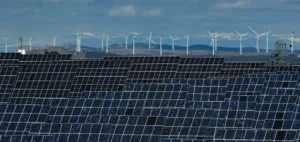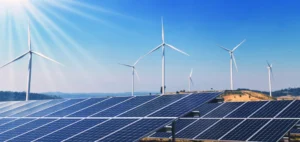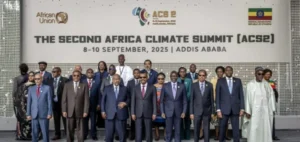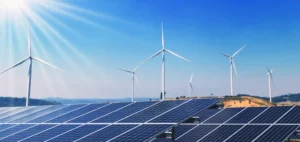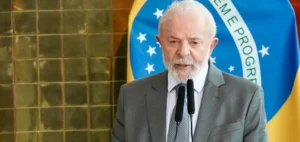The U.S. Department of the Interior, headed by Secretary Deb Haaland, has finalized a five-year plan marking a turning point in the country’s offshore energy policy. The plan calls for just three oil and gas auctions in the Gulf of Mexico for the years 2024-2029, representing the lowest number of sales in U.S. history. This stands in stark contrast to the Trump administration’s 2018 proposal, which envisaged 47 sales across all US coastal areas.
Under the Inflation Reduction Act, the Department of the Interior is required to offer at least 60 million acres for offshore oil and gas lease sales before issuing leases for offshore wind power. The Biden administration has emphasized its efforts to align this program with the goal of zero net emissions by 2050. The three planned sales are considered the minimum necessary to enable the offshore wind energy program to continue, aiming to reach 30 GW of offshore wind energy by 2030.
Analysts at S&P Global Commodity Insights do not foresee any immediate impact on US oil production as a result of this reduced leasing program. However, medium- to long-term impacts are more likely, particularly if reduced auctions and further restrictions on operations cause producers to abandon the Gulf of Mexico in favor of other opportunities, either within the US or abroad.
Alternatives and Mitigation Measures
On December 14, Haaland signed the decision file and approval for the new program. The dossier includes a memo from the Director of the Bureau of Ocean Energy Management, Elizabeth Klein, detailing the four options under consideration. Finally, the chosen option, limited to three sales in the Gulf of Mexico, will be subject to mitigation measures to reduce impacts on sensitive marine habitats and specific seabed features.
The record of decision emphasizes that, under the final program, Secretary Haaland retains the discretion to determine if, when and under what conditions an auction should take place, as well as the precise area to be offered. BOEM plans to hold an auction in the Gulf of Mexico, called Lease Sale 261, on December 20, which will be the last opportunity for oil and gas producers to acquire new leases in federal waters until 2025.
This five-year plan represents a significant shift in US offshore energy strategy, reflecting a transition towards more sustainable environmental goals while balancing current energy needs. The implications of this decision for the oil and gas industry and for renewable energy initiatives will be closely watched in the years to come.




